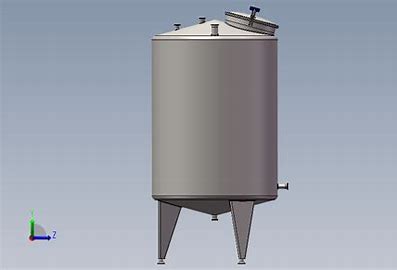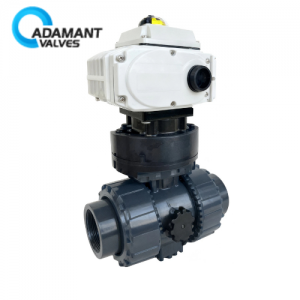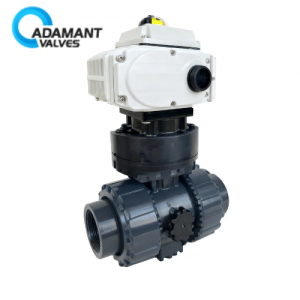Which Sanitary Valves Need to Be Installed on a CIP Cleaning Solution Storage Tank?

Sanitary CIP cleaning systems are important in food and pharmaceutical manufacturing. The cleaning solution tank is at the center of the system. The tank valves play a key role in determining how efficient the cleaning process is and how secure the system is. Choosing and installing suitable valves avoids contamination and buildup. It further improves the efficiency of operations.
Tank Inlet Valves
The tank needs an inlet valve to control the flow of cleaning materials like acids or alkalis. The sanitary pneumatic diaphragm valve is applied in most instances. It contains no dead ends and is easy to clean. The valve may be automatically controlled for accurate operation. A water supply valve is also needed. It provides water to the tank and adds dilution water. A sanitary ball valve or diaphragm valve would be a good choice here. It has to be of drinking water quality construction. A filter is recommended for barring impurities.
Outlet and Recirculation Valves
There must be an outlet valve at the bottom of the tank. It provides water to the transfer pump and controls the cleaning solution supply to the CIP system. Sanitary butterfly or diaphragm valves may be employed. They do not present any obstruction in the free flow and also do not permit liquid to get trapped inside the valve. A return valve has to be employed. It receives liquid returned from the cleaning circuit. Such a valve is usually pneumatically controlled. It allows automatic acceptance and transfer of returning liquid.
Safety Valves
A breather valve needs to be fitted on the top of the tank. It equalizes pressure inside and outside the tank. This eliminates vacuum or over-pressure conditions. It also purges particles from the air. A drain valve is necessary at the bottommost section of the tank. It is used to drain residual liquid or purge sediments. A sanitary valve quick-open type is best for easy use. An overflow valve is also necessary. It prevents filling the tank to excess. This valve typically comes with a level sensor. It automatically drains or alarms if the level is too high.
Control and Monitoring Valves
The level control valve is controlled with a level gauge. It regulates liquid input automatically or closes flow to keep the tank level stable. If heating, a temperature control valve needs to be installed on the hot water or steam line. It uses PID control to maintain the set temperature. Sample valve is another essential part. It is installed on the side or at the bottom of the tank. It is used for sampling for quality inspection. Choose a sanitary sample valve that has good sealing and operation ease.
Points to Consider When Selecting Valves
Valve material must be 316L stainless steel. The inner surface must be polished to Ra≤0.8µm. It must meet sanitary standards like FDA and EHEDG. Valves must not have dead ends and must allow full drainage. They must allow CIP and SIP cleaning. The sealing material must withstand chemicals and high temperatures. EPDM or PTFE are common choices. For operation, pneumatic or electric actuation is suitable. This allows automation and reduces labor.
In conclusion
Valve selection for a sanitary CIP tank is a thoughtful process. Function, safety, and cleanliness have to be addressed. Properly selected valves increase cleaning effectiveness and prolong equipment life. It is prudent to design the valve arrangement according to process requirements. Employ automated controls when feasible. Proper maintenance is also important to maintain system operability.




